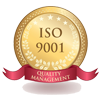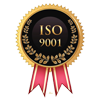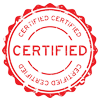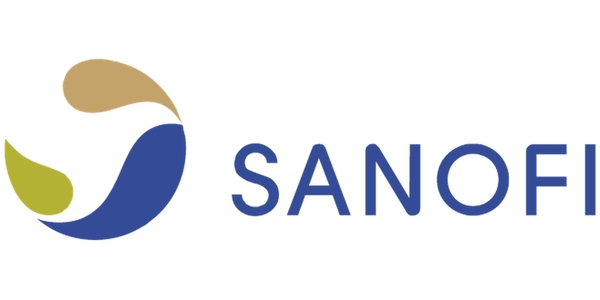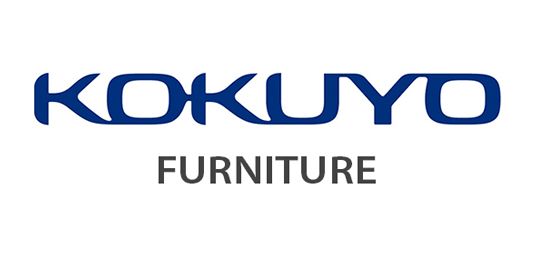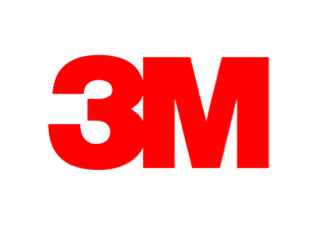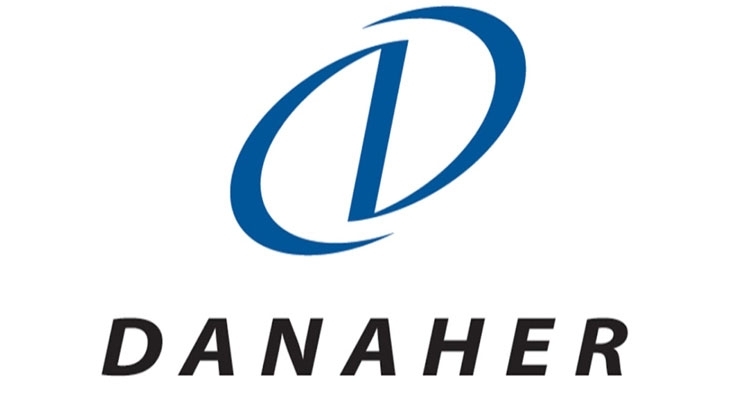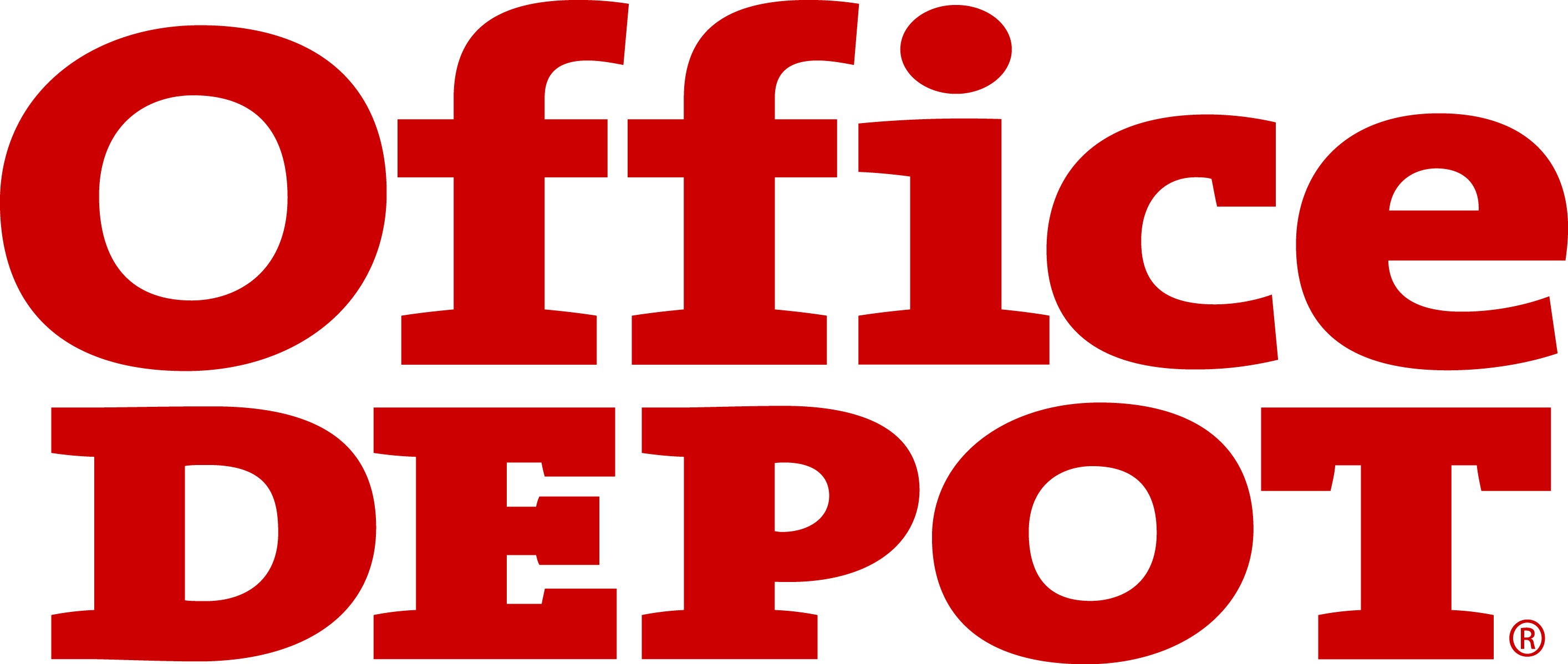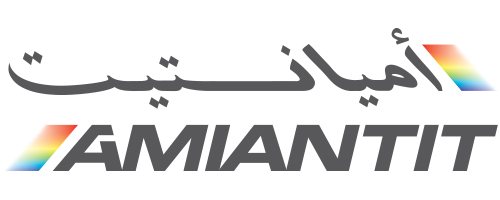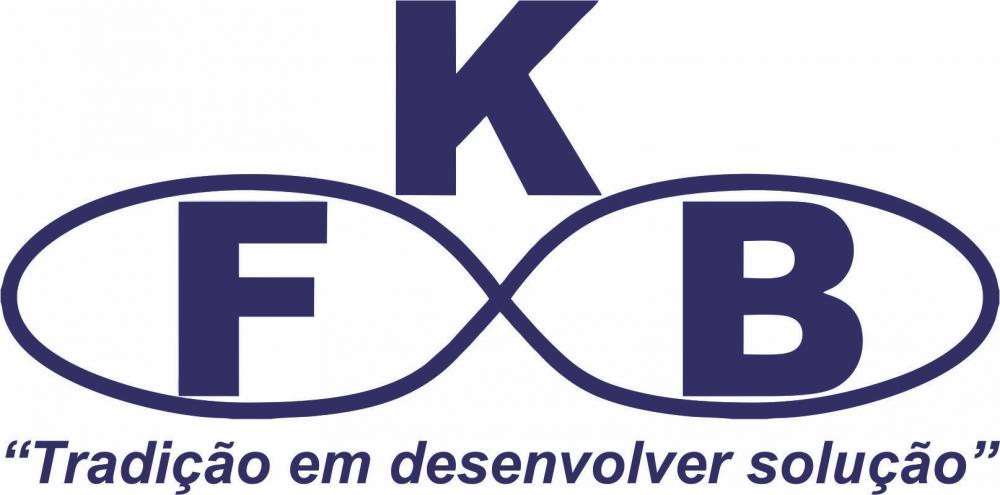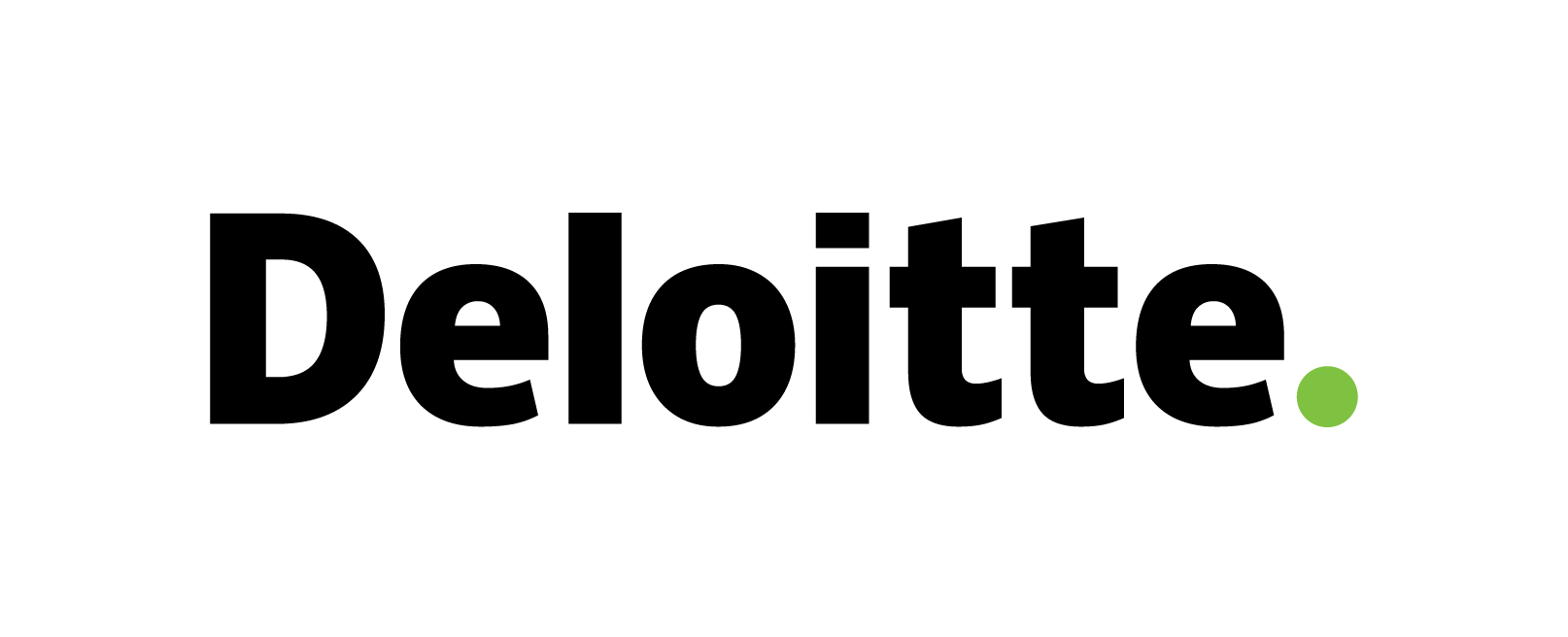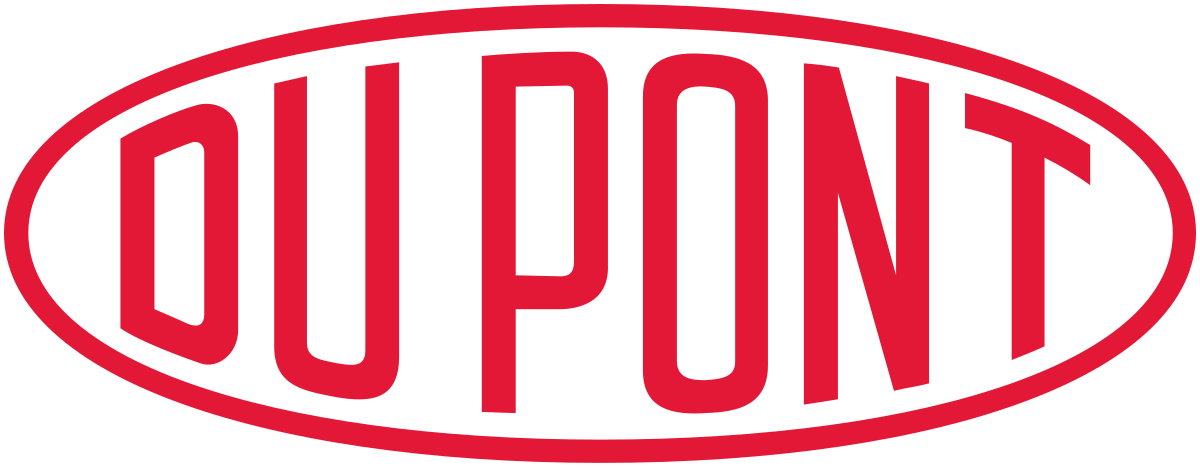Whole Milk Powder Market By Drying Method (Spray Drying, Freeze Drying); By Category (Conventional, Organic); By Application (Bakery & Confectionery, Dairy & Frozen Desserts, Sweet & Savory Snacks, Infant Nutrition); By Region (North America, Europe, Asia Pacific, Latin America, Middle East & Africa) - Global Market Analysis, Trends, Opportunity and Forecast, 2022-2032
Whole Milk Powder Market: Overview and Definition
The global whole milk powder market is projected to reach USD 25.9 billion by 2032, at a CAGR of 4.5% during the forecast period 2022-2032. Whole milk powder is a derivative of milk produced by boiling it, until all the moisture content gets evaporated, eventually leaving fine particles of milk solids. Milk powder is preserved by removing most of the moisture to the greatest extent possible, which stops microbial growth. When it is compared with liquid milk, it has longer shelf life and does not require any refrigeration, due to less microbial activity and negligible moisture content. Moreover, whole milk powder is easy to transport and can be delivered to any part of the world with minimal packaging. Wide range use of whole milk powder and increasing consumption of chocolate are the role players in boosting the growth of the global milk powder market. But, due to the rise of lactose intolerance and rising inflation in the market has somehow restricted the growth of the market. New revenue opportunities in emerging economics and the rising demand for organic food products are anticipated to bring great profitable growth for the whole milk powder manufacturers during the forecast period.
The global whole milk powder market is driven by increasing demand for dairy products, growing population, and rising disposable incomes. Additionally, the growing demand for convenience foods, such as instant foods and snacks, is expected to drive the demand for whole milk powder. The rise in the number of working women, who have less time for cooking, is also expected to fuel the growth of the market.
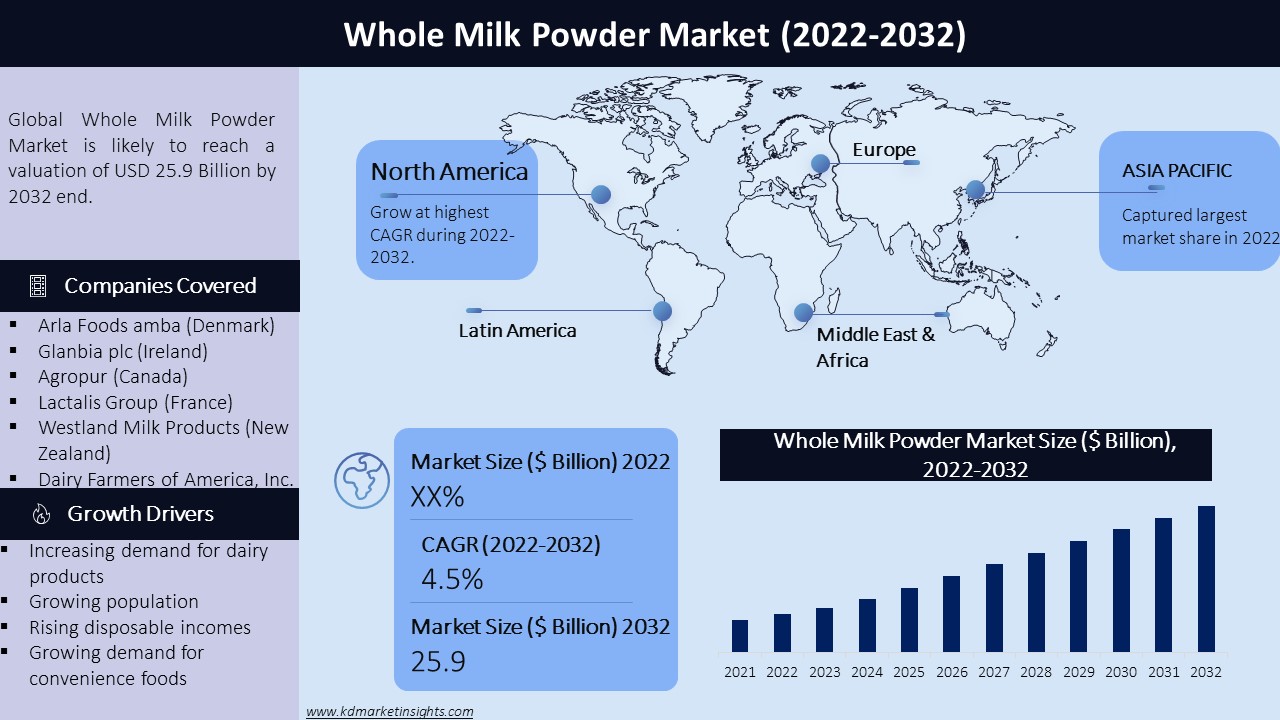
Whole Milk Powder Market Key Drivers
The global whole milk powder market is driven by several key factors, including:
Increasing demand for dairy products: The growing demand for dairy products is a key driver of the whole milk powder market. Whole milk powder is a versatile ingredient that is used in a variety of food and beverage applications, including baked goods, confectionery products, dairy-based beverages, and soups and sauces.
Growing population: The growing population, especially in emerging economies, is also driving the market for whole milk powder. As the population increases, so does the demand for dairy products, including whole milk powder.
Rising disposable incomes: Rising disposable incomes, especially in developing countries, are also driving the growth of the whole milk powder market. As disposable incomes increase, consumers are able to afford a higher-quality and more diverse range of food products, including dairy products.
Growing demand for convenience foods: The growing demand for convenience foods, such as instant foods and snacks, is expected to drive the demand for whole milk powder. Whole milk powder is used as an ingredient in a variety of instant food products, such as instant soups and sauces, and is also used in the production of dairy-based beverages.
Rise in the number of working women: The rise in the number of working women, who have less time for cooking, is also expected to fuel the growth of the whole milk powder market. Convenient and easy-to-prepare food products, such as instant soups and sauces, are becoming increasingly popular among working women, who are looking for quick and easy meal options.
Whole milk powder is an easily reconstituted solid of liquid milk and is inexpensive source of dairy product. The use of whole milk powder is easy and much more convenient to transport in hot places without any damage unlike the liquid milk which needs refrigerated transport to keep it fresh. Powdered form helps to save a lot of money, which is beneficiary for the company and the consumers too. The whole milk powder is made by only two processes, roller drying and spray drying. The spray dried powder is more likely to be used than the milk powder. By adding whole milk powder in the diet, it adds protein, calcium and several other properties. To facilitate the formulation of fat emulsion, whole milk powder is also used as a substitute of water/oil. The use of milk powder in many baby products with the presence of various nutrients such as Vit C, Vit B12, thiamine and many other nutritious ingredients is going to fuel the growth of the world milk market.
Whole Milk Powder Market Challenges
Despite its growing demand, the global whole milk powder market faces several challenges, including:
Fluctuating prices of raw materials: One of the biggest challenges faced by the whole milk powder market is the fluctuating prices of raw materials, such as whole milk, which can significantly impact the cost of production.
Increasing cost of production: The cost of production of whole milk powder is also increasing, due to factors such as rising energy costs, labor costs, and the cost of raw materials. This increase in production costs is expected to reduce the profitability of the market and may also limit the growth of the market.
Competition from plant-based alternatives: The whole milk powder market is facing growing competition from plant-based alternatives, such as soy milk powder and almond milk powder, which are becoming increasingly popular among consumers due to concerns about lactose intolerance and animal welfare.
Stringent government regulations: The whole milk powder market is subject to stringent government regulations regarding food safety and quality. Manufacturers are required to adhere to strict standards for the production and labeling of whole milk powder, which can increase the cost of production and limit the growth of the market.
Growing health concerns: Growing health concerns among consumers, such as the link between dairy products and heart disease, are also expected to challenge the growth of the whole milk powder market. Consumers are becoming more health-conscious and are seeking alternative food products that are perceived to be healthier, such as plant-based alternatives.
Whole Milk Powder Market Report Scope |
|
|
Base Year Market Size |
2021 |
|
Forecast Year Market Size |
2022-2032 |
|
CAGR Value |
4.5 % |
|
Segmentation |
|
|
Challenges |
|
|
Growth Drivers |
|
Whole Milk Powder Market: Segmentation
Global Whole Milk Powder Market,[Drying Method]
- Spray Drying
- Freeze Drying
- Others
Global Whole Milk Powder Market,[Category]
- Conventional
- Organic
Global Whole Milk Powder Market,[Application]
- Bakery & Confectionery
- Chocolates & Candies
- Baked Products
- Others
- Dairy & Frozen Desserts
- Sweet & Savory Snacks
- Infant Nutrition
- RTE & RTC Meals
- Beverages
- Others
Global Whole Milk Powder Market,[Region]
- North America
- US
- Canada
- Mexico
- Europe
- Germany
- UK
- France
- Spain
- Italy
- Rest of Europe
- Asia-Pacific
- China
- India
- Japan
- Australia and New Zealand
- Rest of Asia-Pacific
- Rest of the World (RoW)
- Middle East
- South America
- Africa
Whole Milk Powder Market Regional Synopsis
After a depth regional analysis, it has been seen that Europe captures the lead position. In 2021, the European market had an approximate share of 33% in the global market share of the whole milk powder market. As per the European Dairy Association annual report of 2021, Europe has more than 12,000 milk production sites which generates a wealth of $11.2 Bn to the overall Europe trade balance.
North America is believed to be the second-largest producer and market holder of whole milk powder due to the high per capita income and fast changing lifestyle of the people of America. Also, the availability of various types of fortified whole milk powder is expected to give a boost in growth of market in this area.
Asia Pacific is expected to grow the highest CAGR in the entire milk powder market due to the growing population and in countries like India, where it’s a tradition to serve milk will make it impossible to provide liquid milk, so they are switching to packet milk powder which is easily available easily. These factors are going to fuel the growth of the market. While in LAMEA, the demand of milk powder keeps on growing due to changes in consumer’s work and lifestyles which has attracted the locals and made them depend on packaged foods.
Whole Milk Powder Market Key Players
- Arla Foods amba (Denmark)
- Glanbia plc (Ireland)
- Agropur (Canada)
- Lactalis Group (France)
- Westland Milk Products (New Zealand)
- Dairy Farmers of America, Inc. (US)
- Carbery Group Ltd. (Ireland)
- California Dairies, Inc. (US)
- Maple Island, Inc. (US).
- Fonterra Co-operative Group Limited (New Zealand)
Recent Developments
In 2016, Lactalis, a French conglomerate, is one of the world’s largest producer of dairy products in Africa, Asia and the Middle East, and the French overseas department. It entered India in 2013, acquiring a 100% stake in Tirumala for around INR 1895 Mn.
In 2017, Fonterra’s global ingredient brand- NZMP, declared the launch of NZMP GOLD Whole Milk Powder for UHT.

Need Customized Report for Your Business ?
Utilize the Power of Customized Research Aligned with Your Business Goals
Request for Customized Report- Quick Contact -
- ISO Certified Logo -
